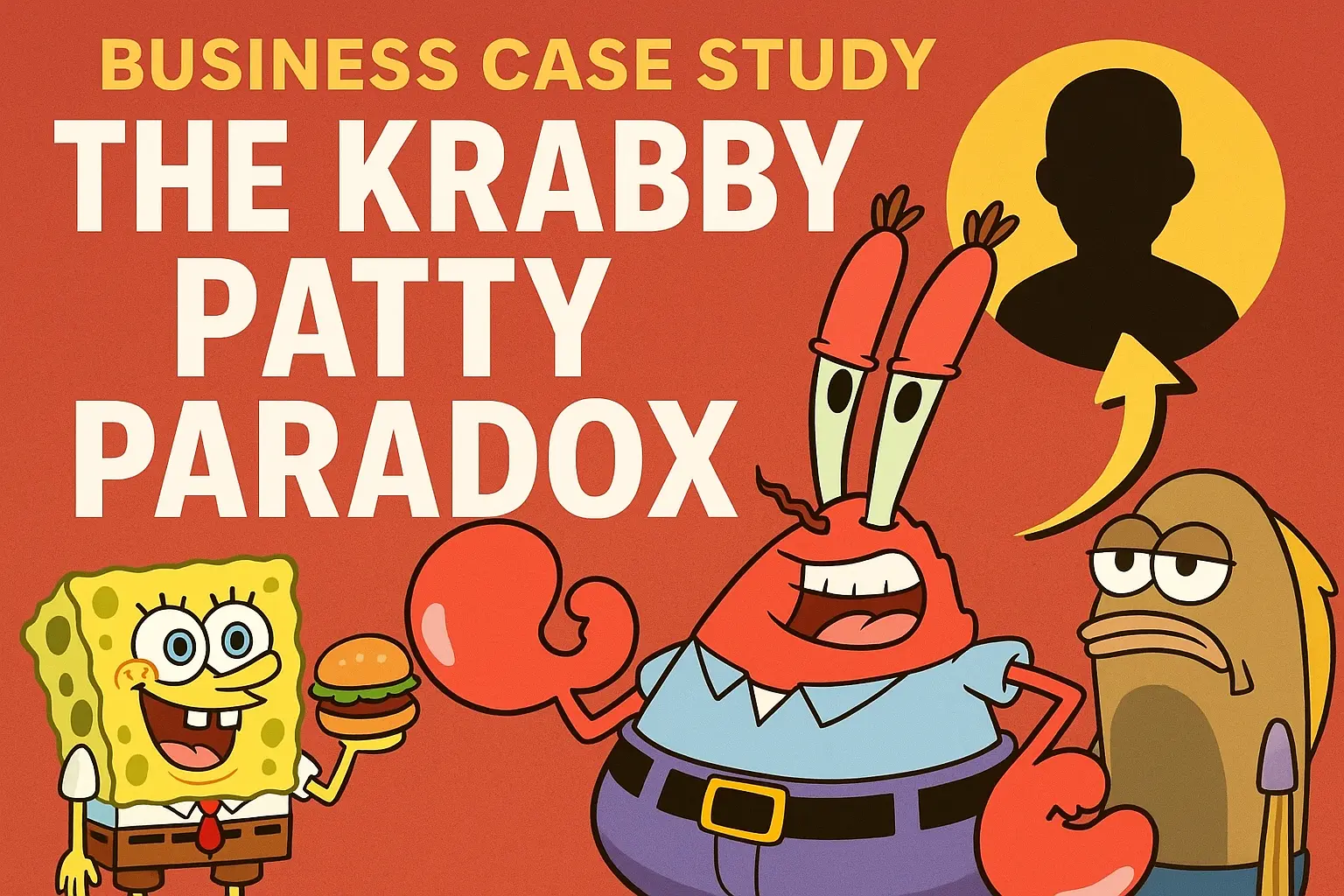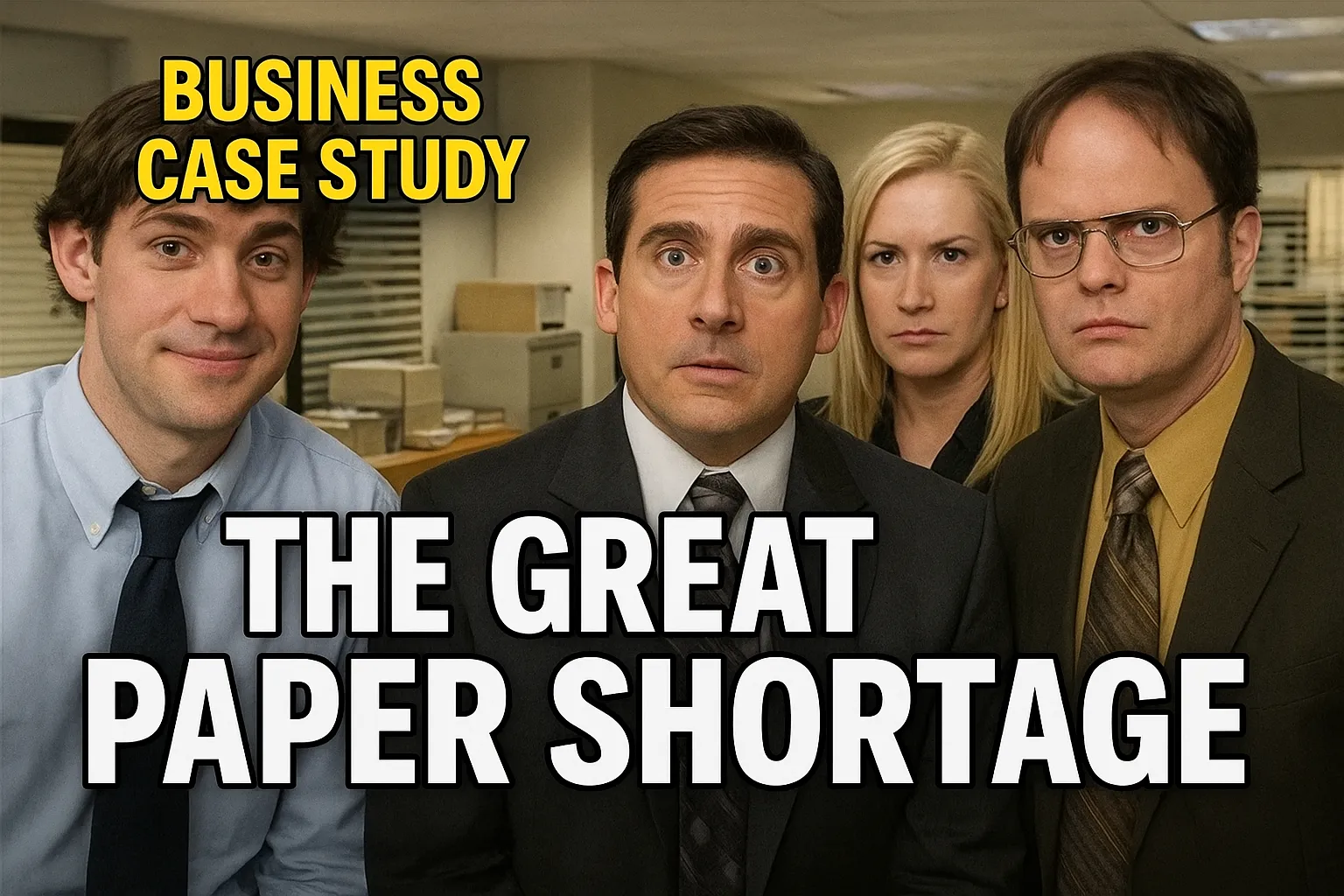 Case Studies Club
Where Strategic Minds Meet
Case Help
Case Studies Club
Where Strategic Minds Meet
Case Help
The Digital Gauntlet - Navigating the Shifting Sands of Professional Conduct
Establishing Protocol for Remote Operational Harmony Amidst Evolving Communication Standards and Leadership Challenges
This case dissects the critical challenge of declining professional communication within a remote-first organization, stemming from a key leader's abrasive digital style. It analyzes various strategic interventions to re-establish healthy communication standards and mitigate escalating employee disengagement and attrition, while balancing operational continuity and financial viability.
Core Themes:
Turn Business Challenges Into Strategic Wins
Browse our Insights Marketplace for frameworks and tools that drive results
Explore MarketplaceOverview
The modern enterprise, increasingly tethered by digital threads, faces a pervasive and insidious challenge: the degradation of professional communication. This case examines the critical decision point faced by an organization grappling with leadership behavior that, while perhaps unintentional, fosters a toxic digital environment. The central dilemma revolves around re-establishing professional standards and accountability in a remote-first operating model without jeopardizing productivity or key relationships. The analytical approach must dissect the operational, financial, and human capital implications of various interventions, weighing the immediate costs against the long-term sustainability and reputational integrity of the enterprise.
Backstory
The organization, a well-established entity with a two-decade history, built its initial reputation on innovative software solutions for the logistics sector. It carved out a significant market position by delivering highly customized, robust platforms that streamlined complex supply chain operations. Its core competencies lie in agile development, deep industry expertise, and a client-centric approach that fostered long-term partnerships. For years, the company operated with a traditional, centralized structure, fostering a collaborative culture through in-person interaction.
The central challenge emerged with a rapid, unplanned pivot to a fully remote operational model. This shift, necessitated by unforeseen market disruptions, stripped away the informal checks and balances of face-to-face engagement. While initial productivity metrics held steady, a subtle, corrosive element began to permeate the digital channels: a leader's communication style that, devoid of visual cues and tone, became increasingly terse, demanding, and at times, overtly disparaging. This created an atmosphere of apprehension, particularly among junior and mid-level staff.
The specific opportunity, or rather t...
🔓 Unlock This Case Study
Access full cases, analysis, recommendations, and community insights


